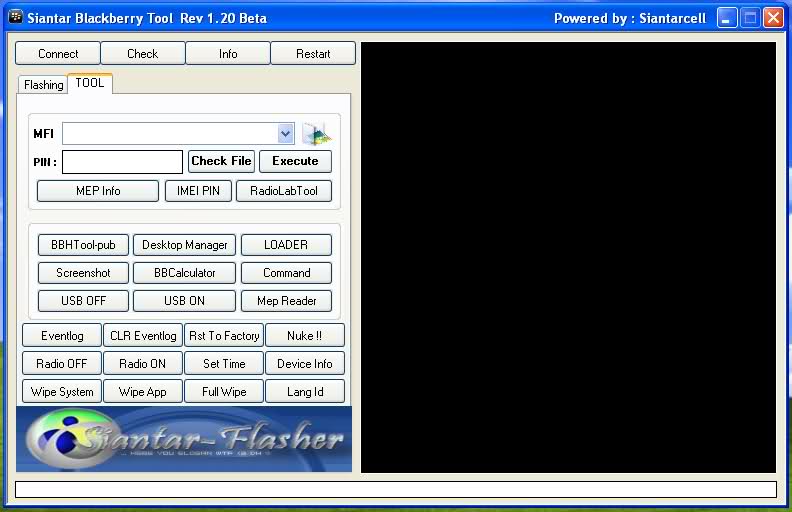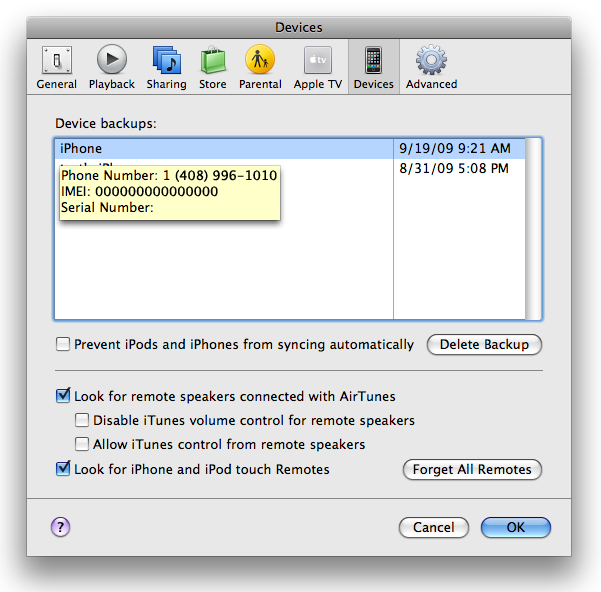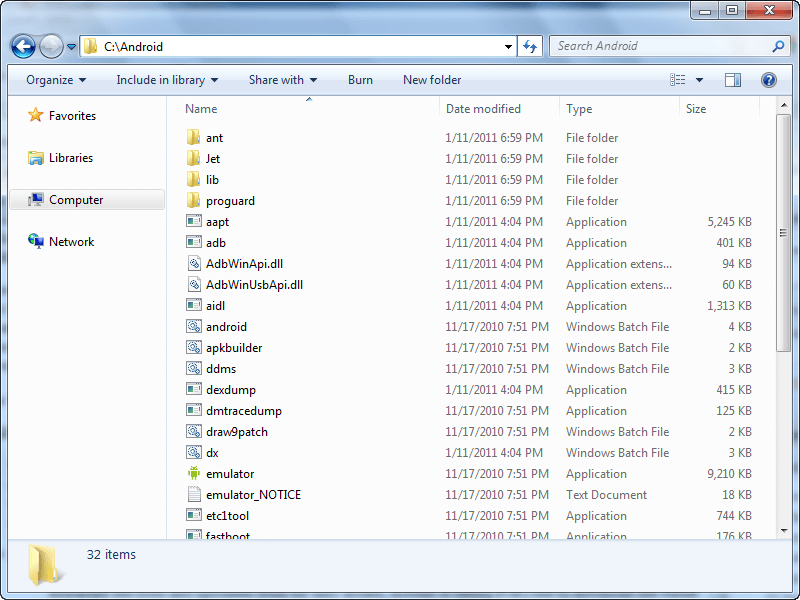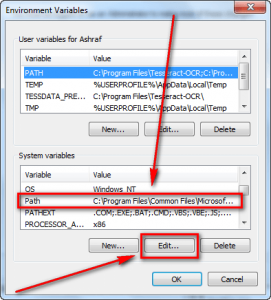iOS: How to back up
Summary
This article describes how to back up your iPhone, iPad, or iPod touch using iCloud or iTunes.
Products Affected
iPad, iPhone, iPod touch
iCloud and iTunes can back up most data on your iPhone, iPad, or iPod touch.
Backed-up information includes purchased music, TV shows, apps, and
books*; photos and video in the Camera Roll; device settings (for
example, Phone Favorites, Wallpaper, and Mail, Contacts, Calendar
accounts); app data; Home screen and app organization; Messages
(iMessage, SMS, and MMS), ringtones, and more. Media files synced
from your computer aren’t backed up, but can be restored by syncing
with iTunes.
* Backup of purchased music is not available in all countries. Backup
of purchased TV shows occurs only in the United States. Previous
purchases may not be restored if they are no longer in the iTunes Store,
App Store, or iBookstore.
Collapse All Sections | Expand All Sections
iCloud
How to back up
iCloud automatically backs up the most important data on your iOS 5
device. After you have enabled Backup on your iPhone, iPad, or iPod
touch in
Settings > iCloud > Backup & Storage, it will run on a daily basis as long as your device is:
- Connected to the Internet over Wi-Fi
- Connected to a power source
- Screen locked
You can also back up manually whenever your device is connected to the Internet over Wi-Fi by choosing Back Up Now from
Settings > iCloud > Storage & Backup.

To learn more about what is backed up, see the
iCloud: Backup and Restore Overview article.
How to restore from a backup
When you go through Setup Assistant on a new iOS 5 device, choose
"Restore from iCloud Backup" and enter your iCloud account and
password. You will see the three most recent backups for each of the
devices on which you enabled Backup. Choose from which backup to
restore.

After your device restarts, your settings and accounts are restored
and Backup starts downloading your purchased music, TV shows, apps,
books, Camera Roll, and other content*. You may be prompted to enter
the passwords for all accounts enabled on your device.
A progress bar will appear underneath the apps that are being
downloaded. To prioritize the restore of a specific app, tap its icon.
Restore will attempt to download the same version of the app that you
had installed previously. If that version is no longer available,
the latest version of the app will be restored.
To check if the restore is complete, go to
Settings > iCloud > Storage & Backup. Complete the setup assistant after erasing your device (by going to
Settings > General > Reset > Erase All Content and Settings)
or after starting your new device. When prompted to set up as new
or to restore from previous backup, choose to restore from iCloud
backup. Then enter your AppleID and password.
iTunes
How to back up
iTunes can create backups of your iOS device when you:
- Sync with iTunes (disabled if you have iCloud backup turned on)
- Right-click (or Control-click) the iOS device in iTunes under Devices and choose Back Up
Use these steps to manually back up your iOS device using iTunes:
- Connect your iOS device to a computer with the latest version of iTunes installed
- Select your iOS device in iTunes under Devices
- Right-click (or Control-click) the device and select Back Up
iOS device backups preserve your settings, the Camera Roll (or Saved Pictures), and other important data.
Learn more about what is stored in a backup.
How to restore from a backup
To restore information from a backup, use one of the following
methods after connecting your iOS device to the computer with which you
normally sync:
- Right-click (or Control-click) the device and choose Restore from Backup
- If you have a new phone, you can connect to iTunes and it will prompt to restore from your backup
Additional Information
iTunes and iOS do not support
installing backups of newer versions of iOS onto devices using earlier versions of iOS.
iTunes will not back up automatically if you are using iCloud.
Have a new iOS device and need to move your previous backup onto it? Follow the steps in
How to transfer your backup from one iOS device to a new device.














































